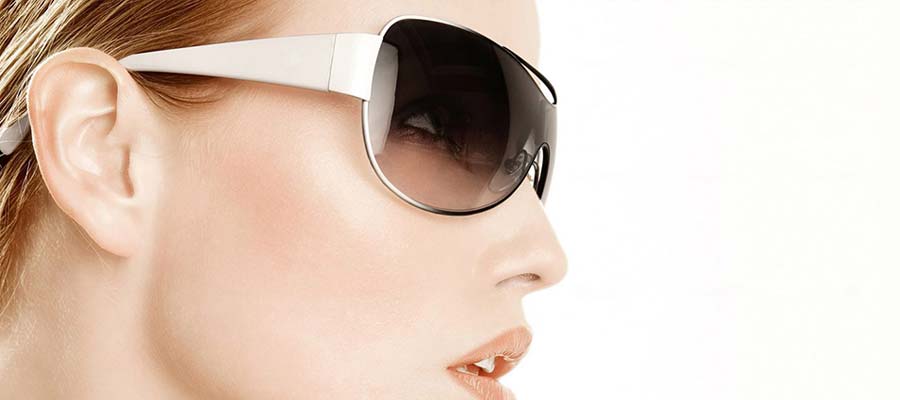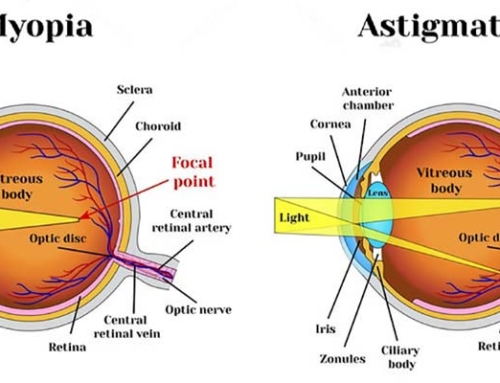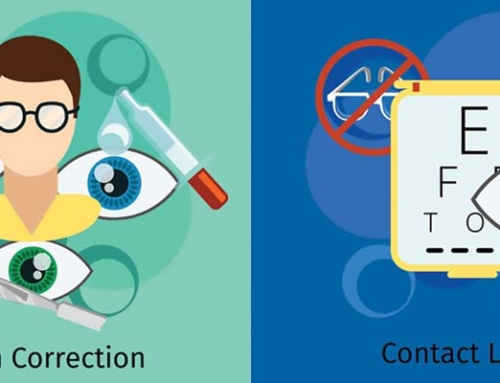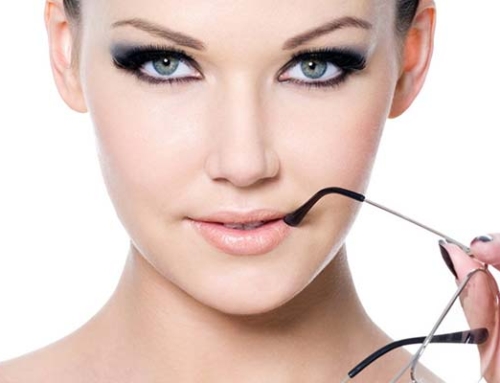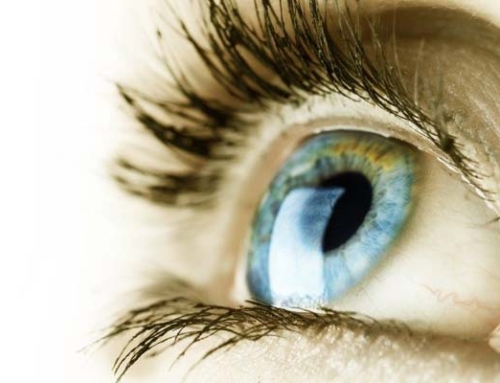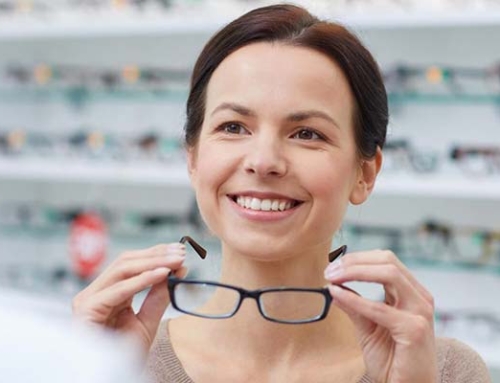Blepharitis is the inflammation of the eyelid. It is a common disease that equally affects both women and men. The chance of developing this disease increases with age. The average age of people who develop this disease is about 50 years. A statistical report from American ophthalmologists says that 37 % of their patients had blepharitis.
Different types of blepharitis:
Blepharitis is of various types, depending on the affected area. With anterior blepharitis, the outer part of the eyelid is affected: skin and eyelashes. The eyelid looks reddened and swollen, and often small scales form at the base of the eyelashes.
With posterior blepharitis, the inflammatory process affects the inner edge of the eyelid adjacent to the eyeball, and the meibomian glands located in the eyelids – in this case, a tiny nodule of white color, a chalazion can appear on the inner edge of the eyelids.
Blepharitis can be mixed when inflammation affects the ciliary edge of the eyelids, and the inner edge of the eyelids adjacent to the eyeball, and the meibomian glands.
Causes:
The most common cause of blepharitis is an infection (for example, staph infection). Often, allergic blepharitis also occurs, affecting the skin of the eyelid and the growth zone of the eyelashes, in this case, you can find areas of skin rash on the eyes and face. An allergic reaction develops as a result of applying cosmetic products (cosmetics, creams) to the eyelid or due to the content of air pollution: dust or pollen. Moreover, the eye itself is often also affected. Some skin diseases, such as psoriasis or eczema, may be accompanied by damage to the skin of the eyelids.
Posterior blepharitis most often develops as a result of the dysfunction of the meibomian glands. These glands, invisible to the eye, are located in the region of the edge of the eyelids and they secrete fat (lipids), which mixes with the tear fluid and lubricates the surface of the eye.
How to conduct eyelid hygiene in case of blepharitis?
Eye health improves the use of warm compresses that are placed on the eyelids. Heat acts on clogged glands at the edges of the eyelids, and the fat layer in them becomes more liquid and begins to stand out better.
You can mechanically clean the edges of the eyelids – remove plaque; as a result, clogged glands open. The edges of the eyelids are cleaned with special napkins or cotton buds and baby shampoo. It is important to clean the edge of the eyelid, and not the skin or conjunctiva. Cleansing should be gentle so as not to injure the edge of the eyelid.
In the case of posterior blepharitis, a good tool to restore eye health is eyelid massage. Eyelid massage can be done gently, massaging the eyelid with your finger, towards the eyelashes.
After performing the above procedures, a little antibacterial ointment prescribed by a doctor can be applied to the edges of the eyelids. Usually, the ointment is used within two weeks. Be sure to consult with an ophthalmologist about the need for prolonged use of the ointment. After reducing acute symptoms and, if necessary, the doctor will prescribe a disinfectant ointment or gels that can be used for a long time. In all cases of blepharitis, the moistening of the surface of the eye is required.

